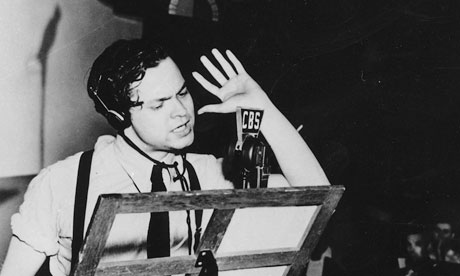
This post is a re-poste of a comment. On a post about story telling (branding, narrative, and the media). The Hero’s Journey of Open Design. I’m sharing it here because the comment became a bit of an exposition and I thought it worth blogging. And thanks to @goonth for bringing this all to my attention.
Context: There is an interest in story-telling among a number of social media and internet practitioners: from those in branding and marketing to those in design, startups, curation, and more. There’s no doubt that social media are in part about stories and story telling.
But to me, there is always a difference between stories and the telling of stories. Like there’s a difference between games and the playing of games. Music and performing music.
It’s so easy to talk about one thing (stories; advertising; news) when there’s not one “thing” but several dimensions: an idea or concept or reference in general; and an event/situation/performance in particular.
Story-telling in the age of social media is about stories and about the telling. And each is disrupted and transformed: the story into parts; the telling into “conversational” audiences.
It then only follows that a solid model of stories for social media must address these two aspects: the new forms of stories, and the new socially-mediated and conversational audiences.
And if you know how I approach social interaction design, then you know that I believe the key to all of this is not that this is a medium, but that it’s a form of talk. And that brands still aren’t willing to accept the shift of power and balance both in the messaging and messenger. The medium is its messengers.
—
Original comment:
1) In the good tradition of post-modernism, and using contemporary sociology, anthropology, and media theory, one has to ask: What is the nature of the narrative in this medium? (Social and mass media, assuming also other brand communication “channels”)
2) Assuming that it is not only the construction or tradition or even linguistic/discursive “meaning construction” of narrative that interests us, we have to acknowledge that the medium indeed makes a difference. To wit, the medium permits communication.
3) One now has to determine whether it is narration or communication that we’re talking about. Certainly, communication can take narrative forms. Narration also communicates. But story, traditionally, is a text — and its “world” is contained. Communication is intersubjective — and involves the exchange, negotiation, and differences/agreements of and by subjects seeking to understand something together.
4) Narration is disrupted by communicative media. Because the narrative frame is disembedded from the narrative performance. “Stories” are dislocated, fragmented, distributed — the speaker/teller and audience are each radically decomposed.
5) The communicative and distributive aspects of social media then become quite interesting. As authority of the speaker/teller is undone by the loss of narrative frame and context, authority of participants/audience increases. “Story” segments are “voiced” authentically (more or less) by each communicating participant. Story is possessed/owned and performed by the “reader” whose tweets, posts, comments, etc now serve to “perform” and enact the new “narrative.”
6) Narrative authority, once belonging to a combination of the myth/story and its speaker (traditional oral form) is inverted now and passes over into a strange mediated (so, distanced) “conversational” form. Story has become Talk.
7) The challenge, then, is in demarcating and identifying narrative forms appropriate for the medium. That is, forms of Talk: telling, addressing, appealing, commanding, enchanting, charming, deceiving, critiquing, and so on.
8) The form of talk and act of talking become difficult to distinguish. The “appeal” of the thing said and claimed becomes easily legitimated or justified by the “appeal” of the image of the speaker. “Truthiness” replaces the legitimate claims of authoritative speakers (having the authority to claim what they say). An impression of “influence” attributed by the medium (Klout) and earned through activity becomes inseparable from the meaning claims of the speaker: the authority of the influencer is his/her authoritative online activity.
9) The distinction between an old, traditional form of oral story telling, and a newer, democratized and enlightened form of mediated discourse is now difficult to make out. The form of story telling — ritual if you will — and the stories told again conflate and for each narrating authority (storyteller, influencer) there is an audience invested in both accepting/believing and retelling/communicating the stories told. Narration, once central to traditional cultures, whose stories were their identity, is now multiplied: subcultures are circles in which the influence of influencers is circulated by means of talk.
This is a view that rests on the close coupling of the meaning of narration and the form of its presentation and frame of performance. If course one just looks at the “content” of narration — what’s spoken — then the form as medium and the performance as social context are irrelevant.
But given the long and “storied” tradition of advertising and marketing, I think it wise to account for the impact of the medium on the use of story. And that one recognize that social media are a form of conversation (Talk), and that for every published/posted phrase there is an “author/speaker” whose performance is often deeply invested in perceived and real relationships to audience, peers, colleagues, and friends. And that this is Talk as a social form, mediated and distributed “speech” but also mediated and reproduced social “relations.”
